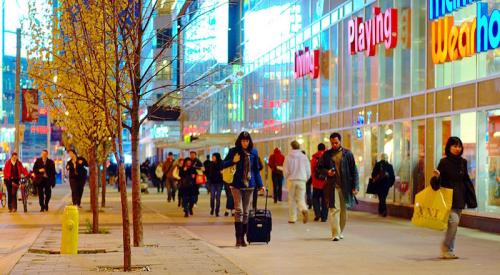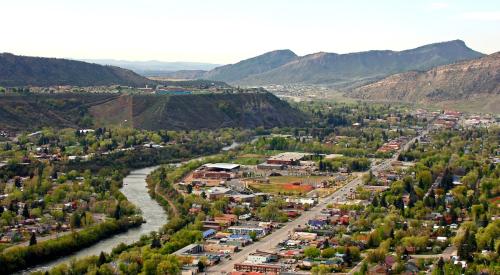A paper from Federal Reserve economist Daniel Ringo concludes that two effects of homeownership are increased unemployment and decreased mobility. This raises a question: what is the optimal homeownership rate?
Taking a look at mobility trends in the U.S., the Census data show that there was a large drop of homeowner migration in across county and state lines in the year 2000, coinciding with a surge in homeownership and flatlining job growth. Bloomberg reporter Justin Fox points out that the U.S. ranks "somewhere toward the middle" in homeownership rates among the 10 largest economies measured. Fox concludes that there may be no optimal homeownership rate for a nation.
The 1995-2005 homeownership increase still stands out here, but it's dwarfed by the rise from 1940 to 1960. That leap was driven by mass affluence, the automobile-enabled rise of the suburban single-family home and -- most important, in my view -- an array of federal policies that encouraged homeownership. In the 1990s and early 2000s, it was a mix of federal policy and what a couple of Federal Reserve Bank of San Francisco economists in 2006 innocently dubbed "innovations in the mortgage finance industry."











